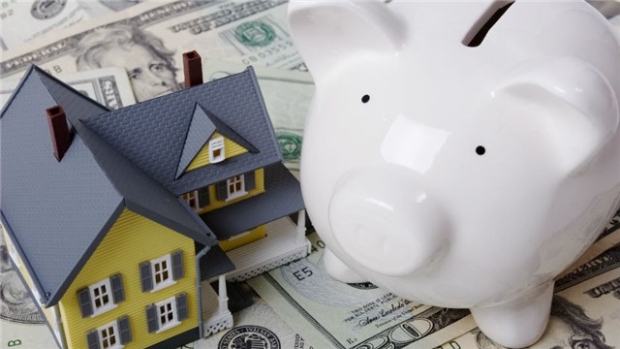Aug 28, 2017
Personal Investor: Reverse mortgages could backfire with higher rates
By Dale Jackson

Reverse mortgages have been a godsend over the past two decades for many seniors who are short on investments and heavy on home equity. Skyrocketing house prices have allowed them to tap into the value of their homes for day-to-day living expenses.
But as interest rates rise they may find the burden of a reverse mortgage too heavy.
Here’s how a reverse mortgage basically works: Homeowners can borrow up to 55 per cent of the appraised value of their homes. The remaining equity is used by the lender as collateral. Payment for that loan isn’t due until you no longer live in the house, whether you move out, put the house up for sale, or you’ve died.
Higher mortgage rates mean higher interest payments. The big difference is a regular mortgage gets smaller over time, decreasing the amount of compound interest. With reverse mortgages, interest compounds in reverse – increasing the total debt as that interest generates more interest, and so on.
Like regular mortgages, reverse mortgages are available over many fixed time periods. However, the rates on reverse mortgages tend to be higher.
Borrowing against your home also has the added risk if the appraised value of your home falls due to a correction in the housing market.
Some seniors who want to tap into their home equity can also borrow through a home equity line of credit. HELOCs allow homeowners to borrow up to 80 per cent of the appraised value of a home, which could make it riskier in the event of a housing correction. Interest rates on HELOCs tend to be variable instead of fixed, which means the borrower is more exposed to rising interest rates.
Senior homeowners who are considering borrowing against their homes, or those already borrowing from their homes should speak with a financial expert about how higher rates will impact their debts. If rates rise quickly, it could make sense to sell the house and rent.





